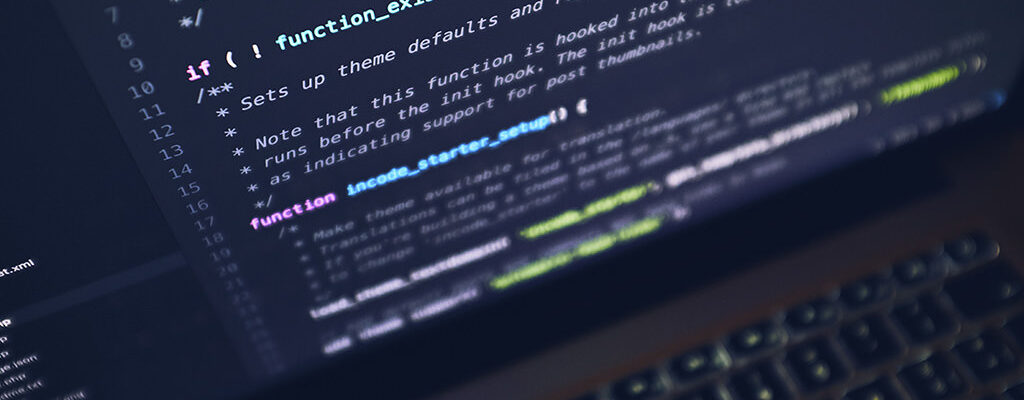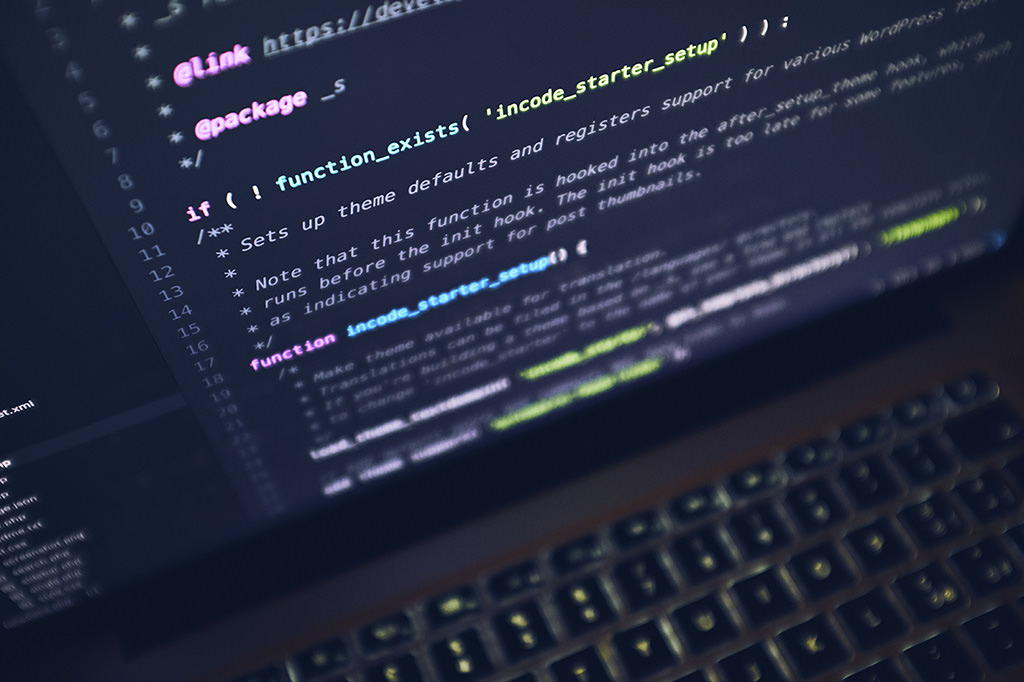
6 Tips for Writing Clean, Readable Code
March 11, 2024
As a professional developer, writing code that is easy for others to understand is so important. Clean, readable code makes future maintenance and improvements much simpler. It also makes collaborating with other developers a breeze. Good code quality is key for successful software development. With that in mind, here are some of my top tips for writing code that is clean and readable:

Content
1. Use Descriptive Variable and Function Names
The names you choose to use should clearly convey what each variable or function represents. Avoid vague, cryptic names that don’t provide any context. Take the extra few seconds to choose a name that anyone looking at the code later will instantly understand without needing additional comments. Descriptive names are one of the best ways to self-document your code.
2. Break Code Into Small, Single-Purpose Functions
Long, complex functions that do many different things are difficult to follow. Instead, break related pieces of functionality into small, discrete functions that each do one specific thing. This makes the “flow” of your code much easier to comprehend at a glance. It also prevents functions from growing into lengthy, unwieldy beasts over time as new requirements are added.
3. Use Consistent Formatting and Indentation
Having a consistent coding style with proper indentation makes code far more scannable. It allows the visual structure of your code to enhance understanding. Most modern code editors can format code for you automatically according to common style guides. Take the time to establish consistent formatting standards and stick to them.
4. Add Comments When Necessary
There’s no need to comment obvious code, but DO comment anything that requires additional context or isn’t immediately clear from the code itself. Comments should explain why certain design decisions were made or describe things like calculations that aren’t self-evident. Avoid block comments – inline comments positioned near relevant code are best.
5. Don’t Repeat Yourself (DRY)
Following the DRY principle means avoiding duplicate code. Duplicated logic is difficult to maintain since changes require updating code in multiple places. Extract any repeated blocks of code into well-named functions or methods to dry it up. This makes your code more robust, concise and readable.
6. Keep Lines of Code Short
Lines of code that are excessively long and run off the edge of a standard display make it difficult scan the flow and meaning at a glance. As a general rule, aim to wrap each line at 80 characters or less. If lines start getting too long, it’s usually a sign that the code could benefit from restructuring (e.g. splitting into smaller functions) to shorten individual lines.
Writing clean, readable code is an important part of being a professional developer. Adopting habits like these six tips will make your code much more user-friendly for everyone working on a project now and in the future.
Readable code allows developers to spend less time deciphering what existing code is doing and more time focused on building new features. It’s an investment that pays off throughout the entire software development lifecycle.

Darin is a wonderful person. He is very nice and always willing to help out! He loves his job because it lets him share interesting things with people who want to know about new developments in the world of technology.

